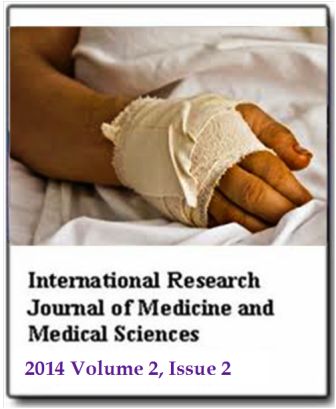Application of geographic information systems methodology to injury surveillance in Uganda
Revocatus Twinomuhangi, Ron N. Buliung, Mable T. Nakitto and Ronald LettInternational Research Journal of Medicine and Medical Sciences
Published: April 2 2014
Volume 2, Issue 2
Pages 20-39
Abstract
Injury is a major international public health concern internationally, contributing to population morbidity and mortality and related social and economic costs. While several national injury survey initiatives have been conducted in Uganda in the past, none have explicitly incorporated geographical aspects of injury. Injury surveillance should include location data, with a view to ultimately understanding and explaining the geography of injury risk and prevalence. This paper documents a GIS method developed for a national injury surveillance pilot study in Uganda, Africa. The study’s primary goal was to assess the feasibility of using GIS in injury surveillance in Uganda. A trauma registry form was designed and used to capture spatial and non-spatial (socio-economic status of injured persons, injury type/cause) factors of injury events. The trauma registry was piloted for 30 days at two referral hospitals (Mulago and Mubende) in Central Uganda. Spatial patterns of injury pilot data were studied by injury source, and socio-demographic characteristics. The study demonstrated the utility of GIS for injury surveillance and analysis in the Ugandan context. The addition of GIS-based surveillance and mapping capacity may become an important approach to treating the prevalence of different types of injury in Uganda, over the longer term.
Keywords: Geographic information systems, injury surveillance, spatial analysis.
Full Text PDF
